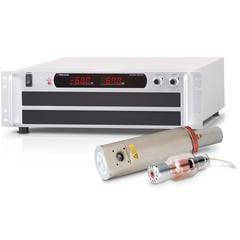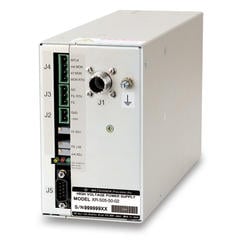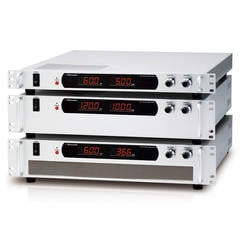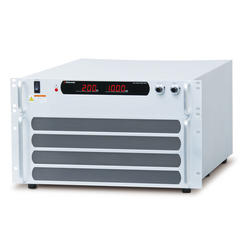Mammography is a medical imaging technique that uses low-dose X-rays to screen for and diagnose breast cancer. During the procedure, the breast is compressed between two plates, and a specialized X-ray system designed for breast tissue is used.
X-rays are easily absorbed by high-density materials and penetrate low-density materials. Therefore, the difference in the X-ray dose absorbed by the breast allows for imaging of the internal tissues of the breast. A key advantage of mammography is its ability to image the entire breast, unlike ultrasonography which typically focuses on specific areas, and to detect tiny calcium deposits known as microcalcifications, which can be an early sign of cancer.
An X-ray tube is used to generate the X-rays used in mammography, where electrons generated by heating a filament (cathode) are accelerated and collide with a metal (anode) such as tungsten or molybdenum. At this time, X-rays are generated. Therefore, X-ray systems require a high-voltage power supply to accelerate the electrons and a separate filament power supply to generate them. These power supplies are critical components for the operation of the X-ray tube.
Matsusada Precision offers a variety of high-voltage power supplies for X-ray tubes and those with built-in current sources for filament heating.
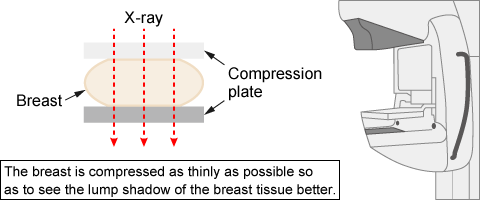
- Related words:
-
- Breast Cancer
- X-Ray
Recommended products
We offers a variety of high-voltage power supplies for X-ray tubes and those with built-in current sources for filament heating.
Information on related articles in Technical Knowledge
- Principles of Radiography
- How to use X-ray Inspection System safely
- What are X-rays? (Basic Knowledge)
- What is the difference between Radioactivity, Radiation, and Radioactive Materials?
- Understanding Radiation: Effects on the Body and X-ray Safety
- Types of X-ray Tubes and High-voltage Power Supplies



